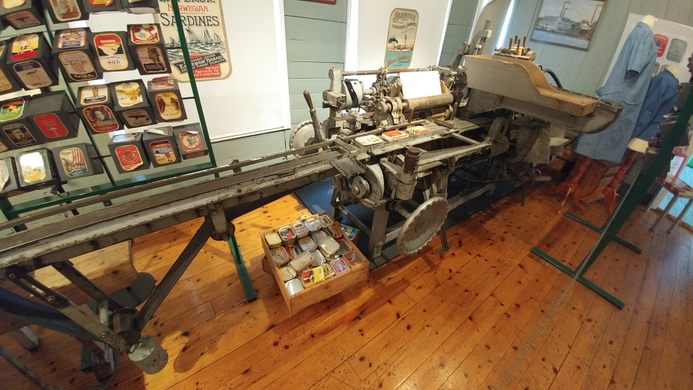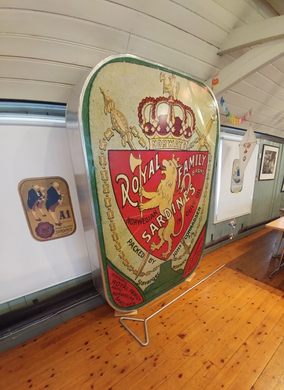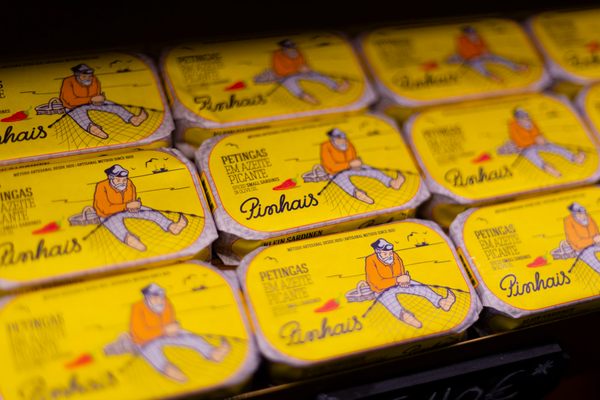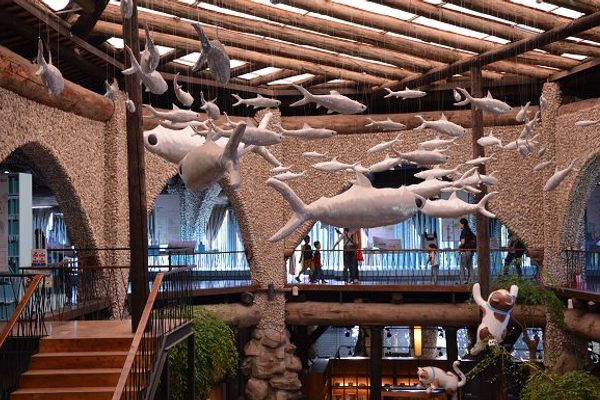Iddis: The Norwegian Printing and The Norwegian Canning Museum
A former factory now pays tribute to a local industry fueled by sardines.
Though they may seem like a humble foodstuff, canned sardines have played an important role in culinary history. This was particularly true for Stavanger, Norway, where canning fish was the leading industry in the late 1800s and early 1900s. This local canning heritage is celebrated at the Norwegian Canning Museum.
The museum is housed in a former canning factory, which was operational from 1916 until 1958. As you walk around, you’ll get a sense of what it was like working in the factory from every level, from administration to the factory floor. The interactive museum encourages visitors to mingle among the machinery and learn about every step of the sardine-canning process, from the arrival of fresh fish (usually brisling, a type of herring) to smoking in the ovens to the canning itself.
Several times a month, the museum fires up its ovens so visitors can taste freshly smoked fish. Sardine super-fans can admire the collection of 35,000 can labels or buy chocolates and cufflinks shaped like sardine cans in the gift shop. While its subject may seem ordinary, the museum offers a fun and insightful look into the history of Stavanger and Norway, through the sardine, to which they owe so much.



















Follow us on Twitter to get the latest on the world's hidden wonders.
Like us on Facebook to get the latest on the world's hidden wonders.
Follow us on Twitter Like us on Facebook